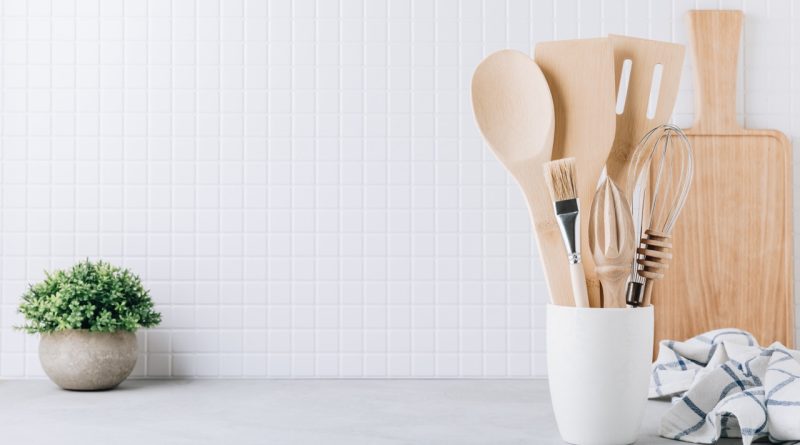Zwilling’s Leadership In Knife Safety Design
In the culinary world, knives are indispensable tools that facilitate preparation and presentation, but they also come with inherent risks. Zwilling, a renowned name in cutlery, has consistently prioritized knife safety in its design philosophy. By integrating innovative features and adhering to evolving safety standards, Zwilling not only enhances the user experience but also promotes safer kitchen practices. This article explores Zwilling’s leadership in knife safety design, highlighting its evolution, innovative features, practical usage tips, and the overall impact on culinary practices.
The Evolution of Knife Safety Standards by Zwilling
Zwilling has a rich history that dates back to 1731, marking it as one of the oldest knife manufacturers in the world. Over the years, the company has adapted to changing safety standards and consumer expectations. In the early days, knives were primarily functional, with little attention given to safety features. However, as culinary practices evolved and the understanding of kitchen safety matured, Zwilling took initiatives to lead the industry in developing safer knife designs.
The introduction of ergonomic handles was a significant step forward. These handles are designed to provide a secure grip, reducing the chances of slips and accidents while slicing. Zwilling has also invested in research and development to analyze how users interact with knives, allowing them to refine their designs based on scientific insights. This commitment to continuous improvement has helped Zwilling maintain its reputation as a leader in knife safety.
In recent years, Zwilling has also focused on environmental factors that contribute to knife safety. For instance, the company has incorporated materials that not only enhance durability but also reduce the likelihood of accidents related to wear and tear. By adapting to both technological advancements and consumer needs, Zwilling has consistently set the benchmark for knife safety standards in the culinary world.
Innovative Features Enhancing Knife Safety in the Kitchen
Zwilling’s commitment to safety is evident in the innovative features of its knife designs. One of the most notable advancements is the use of bolster designs that provide balance and stability when cutting. This feature minimizes the risk of accidental cuts and enhances user control, making it easier for chefs of all skill levels to work with precision and confidence. The bolster also serves as a protective barrier, preventing the hand from sliding onto the blade during use.
Another significant innovation is the incorporation of blade materials that resist corrosion and dulling. Zwilling’s high-carbon stainless steel blades not only maintain sharpness longer but also allow for a safer cutting experience. A sharp knife is safer than a dull one, as it requires less force to cut through food, reducing the likelihood of slips. This focus on blade quality ensures that users can rely on their knives for consistent performance without compromising safety.
Additionally, Zwilling has developed knife storage solutions that prioritize safety. Magnetic knife strips and protective sheaths are designed to keep blades secure and prevent accidental contact. By addressing the entire lifecycle of knife usage—from storage to handling—Zwilling ensures that safety remains a top priority throughout the culinary experience.
Real-World Tips for Using Zwilling Knives Safely
To maximize safety when using Zwilling knives, proper handling techniques should be prioritized. Always ensure that your knife is sharp; dull blades require more force and can slip more easily, leading to accidents. Regular honing and professional sharpening will help maintain the edge and overall safety of your knives. Familiarize yourself with the specific features of each knife, as understanding its design can enhance control during use.
Another essential tip is to keep your workspace organized. A clutter-free cutting area minimizes distractions and reduces the risk of accidental cuts. Always cut on a stable surface, such as a cutting board, and avoid using knives on surfaces that can cause them to slip. When passing a knife to someone else, always lay it down on a stable surface rather than handing it directly, ensuring that both parties remain safe during the transfer.
Lastly, ensure that your knives are stored properly. Zwilling’s magnetic strips and knife blocks not only keep blades secure but also make it easy to access the right tool when needed. Avoid storing knives loosely in drawers, as this can lead to accidental cuts when reaching in. By implementing these practical tips, users can enhance their own safety and that of others in the kitchen.
The Impact of Knife Safety Design on Culinary Practices
The emphasis on knife safety design has transformed culinary practices for both home cooks and professional chefs. By reducing the risks associated with knife usage, Zwilling’s innovations allow chefs to focus on their culinary creations rather than worrying about potential injuries. This shift has led to greater experimentation and creativity in the kitchen, as cooks feel more confident wielding their tools.
Moreover, the integration of safety features into knife designs has influenced training programs for aspiring chefs. Culinary schools now emphasize the importance of using well-designed tools that prioritize safety, equipping students with the knowledge and skills necessary to handle knives responsibly. As future chefs enter the industry, they carry these safety practices forward, creating a culture of safety that permeates professional kitchens.
In a broader context, the advancements in knife safety design have contributed to a growing awareness of kitchen safety among the general public. As consumers become more informed about the tools they use, they are more likely to make safety-conscious choices. This awareness not only impacts individual cooking practices but also encourages manufacturers like Zwilling to continue innovating in the pursuit of safer kitchen environments for all.
Zwilling’s leadership in knife safety design has set a high standard in the culinary world, effectively blending functionality with safety. Through continuous innovation, practical features, and a commitment to educating users, Zwilling not only enhances the cutting experience but also promotes a culture of safety in kitchens everywhere. By understanding and implementing these safety measures, both novice and experienced cooks can enjoy the culinary arts with confidence and peace of mind.
